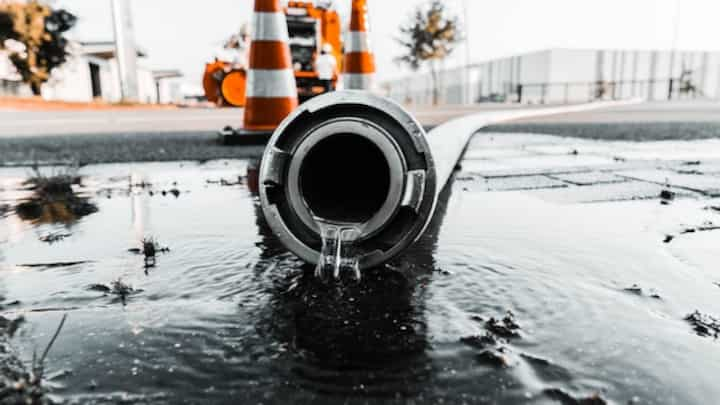
The Best Cleaner for Sewage Backup Professional Cleaning After Sewer Backup
Sewage backup can be a distressing and disruptive issue for property owners. The unpleasant odors, potential health risks, and extensive damage it can cause make it imperative to address the problem swiftly and effectively. Professional cleaning after a sewer backup is crucial to restoring your environment to a safe and livable condition. This article explores the best practices for cleaning up after a sewage backup and highlights key considerations for selecting the most effective cleaning solutions. Additionally, resources for further reading on water extraction and drying can be found throughout the article.
Understanding the Hazards of Sewage Backup
Sewage backup not only results in unsightly messes but also poses significant health risks. Contaminants present in sewage water, including bacteria, viruses, and parasites, can lead to severe health issues if not handled properly. Therefore, it is essential to understand the hazards associated with sewage backup and take appropriate safety measures during cleanup operations.
Health Risks
- Exposure to harmful pathogens that can cause illnesses like gastroenteritis.
- Potential for respiratory problems due to mold growth in affected areas.
- Skin irritation and infections from direct contact with contaminated water.
Effective Cleaning Solutions for Sewage Backup
When dealing with sewage backup, it is crucial to use the right cleaning solutions to ensure complete sanitation and minimize the risk of further contamination. Here are some key considerations for selecting effective cleaning solutions:
Choosing the Right Disinfectants
- Opt for disinfectants that are proven to kill a broad spectrum of pathogens.
- Ensure the product is safe for use on the surfaces affected by the sewage backup.
- Read more about this topic by visiting this resource.
Utilizing Specialized Equipment
- High-efficiency particulate air (HEPA) filters for air purification.
- Industrial-grade dehumidifiers to prevent mold growth.
- Explore further insights here: further information.
Steps for Professional Sewage Backup Cleaning
Professional cleaning services follow a structured approach to ensure comprehensive remediation of sewage backup. The following steps outline the general process:
Initial Assessment and Safety Precautions
- Conduct a thorough assessment to determine the extent of the damage.
- Implement safety measures to protect both the cleaning crew and residents.
- Learn more in this detailed guide: detailed guide here.
Water Extraction and Drying
- Use pumps and vacuums to remove standing water effectively.
- Employ drying equipment to eliminate moisture and prevent mold.
- Find additional information here: additional information.
Disinfection and Decontamination
- Apply appropriate disinfectants to all affected surfaces.
- Ensure thorough cleaning to remove all traces of contamination.
Preventing Future Sewage Backups
While addressing a sewage backup is crucial, preventing future incidents is equally important. Implementing preventive measures can save time, money, and stress in the long run.
Regular Maintenance and Inspection
- Schedule regular inspections of your sewer lines to detect potential issues early.
- Maintain your plumbing system to ensure it is functioning optimally.
- Explore further insights here: further insights.
Install Backflow Prevention Devices
- Consider installing backflow prevention devices to protect against sewage backups.
- Consult with professionals for the best options suitable for your property.
In conclusion, dealing with a sewage backup requires immediate attention and professional cleaning to restore safety and hygiene. Utilizing effective cleaning solutions and preventive measures can mitigate the risks associated with sewage contamination and prevent future incidents. For more detailed information on managing water damage and sewage issues, refer to the resources provided throughout this article.